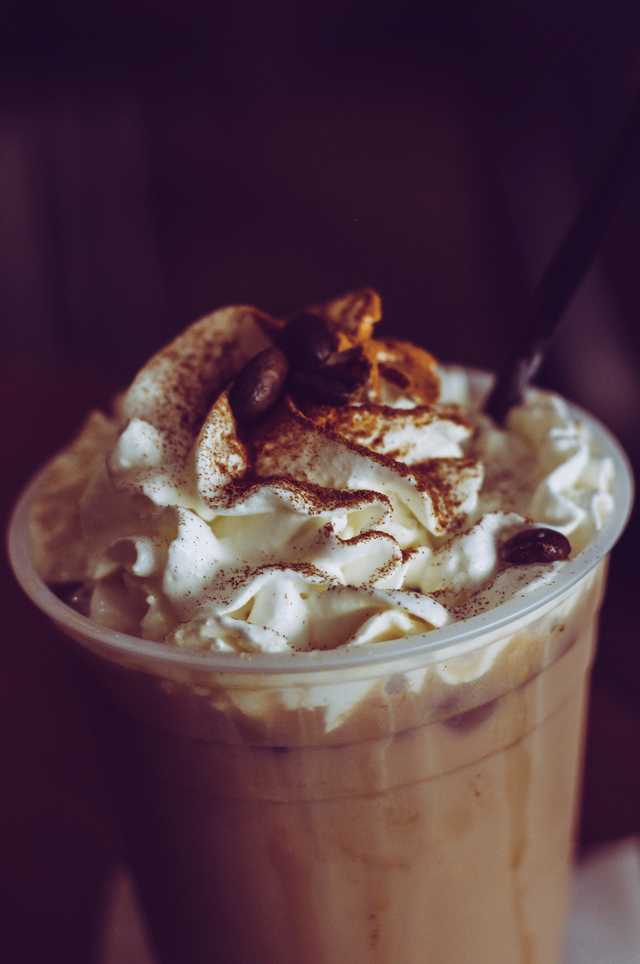How is Cold Brew Different to Iced Coffee?
For many of us, summer is on its way. While it’s lovely to experience the rising temperatures and late evenings if the thermometer pushes too high things can start getting a little uncomfortable. Don’t let this be the time to fear, coffee lovers! Recent years have seen a rise in all things cold and caffeinated to help you keep your coffee kick while staying cool. So what to choose? Here is an outline of the two most popular types of cold coffee, with some tips on how they taste so that you can show off your barista knowledge all year round.

Origins
The origins of cold coffee are somewhat mysterious. Traditional brewing methods in Japan are thought to have used a cold water drip, similar to cold brew, for centuries. The Dutch invented a 'pre-brewed coffee concentrate' to help with transport, as far back as the 1600s. This coffee syrup style substance would be reheated to enjoy at a later time, but it would be likely they also thought to try it cold.
The best-documented example, however, is mazagran. In around 1840, Algeria became a colony of France. A combination of coffee syrup and water, the French colonials sipped it cold to counteract the heat. It took its name from the fortress called Mazagran situated in Algiers. When the troops returned home to France, they introduced the notion to coffee shops, and mazagran was born. The last few centuries have seen the cold coffee dip in and out of the mainstream. There has been a notable rise in popularity in the previous few years that doesn't seem to be levelling out any time soon.

Iced Coffee
Available in many different styles throughout the world. The common factor that gives iced coffee its name is that it will be brewed hot, and then cooled down over ice. Often brewed at twice the strength of hot coffee, to allow for the dilution when the ice starts to melt. Popular variations include adding whipped cream, sweet syrups or mixed with milk or milk alternatives.
Tasting notes: you might find iced coffee a little more acidic than its hot counterpart. The reason for this is that temperature affects the way our tastebuds pick up sour, bitter and astringent tastes. Serve plain for those who love a strong black coffee. Add a drizzle of chocolate or flavoured coffee syrup or a splash of your favourite milk to level out the acidity.

Cold Brew
The clue for this method is in the name; cold brew coffee is created by steeping ground coffee in cool water at room temperature and leaving for 12 to 24 hours. The grounds are then strained out, and the remaining liquid is chilled and served. The time-intensive method, and the fact that it uses twice as many coffee grounds as the more traditional methods, means that it has been given some stick in recent years for being on the pricey side in coffee shops. However, with this in mind, it hasn’t ruined its reputation as a delicious summer (and sometimes winter!) beverage.
Tasting notes: while cold brew can, and is, served with sugars and creams similar to iced coffee, many believe that its talents lie in its purest form. The lengthy, cold extraction process is more gentle, giving a slightly sweeter, milder and less acidic taste, in essence: a more subtle alternative to the iced variations. Different to hot coffee, the flavour doesn’t degrade anywhere near as much over time. It can be stored and drank over a few days, and still taste lovely and fresh.
Making it at Home
Now you are equipped with the knowledge; Maybe you’re feeling ready to take it on in the comfort of your home? Our AeroPress UK coffee maker can be used to make delicious cold coffee, on tap and on the go, giving you the perfect opportunity to create your own unique and refreshing brew.

2 Comments
Muchas gracias. ?Como puedo iniciar sesion?
What aeropress method are you using to make cold brew?